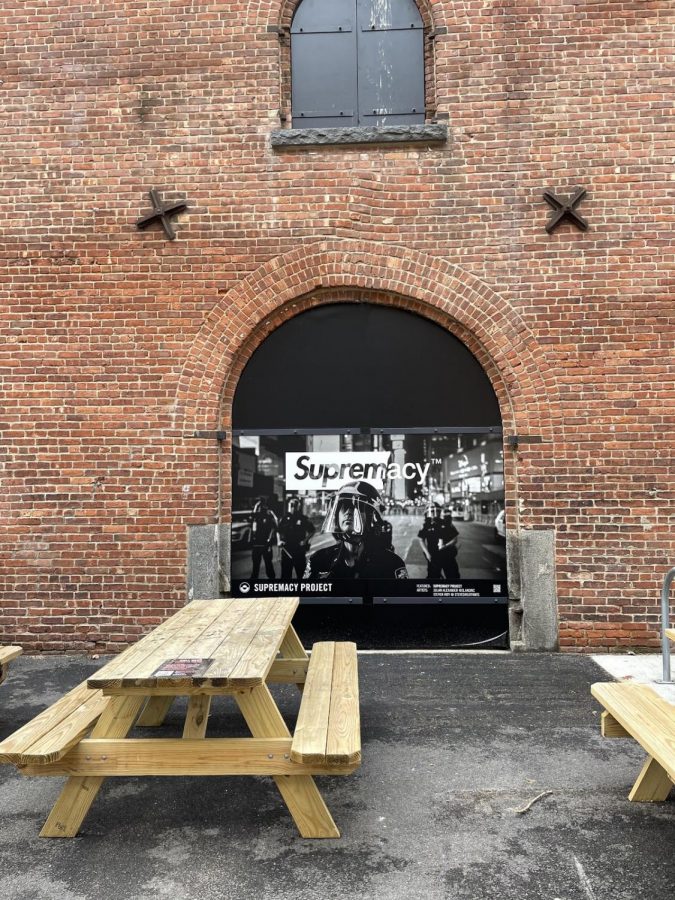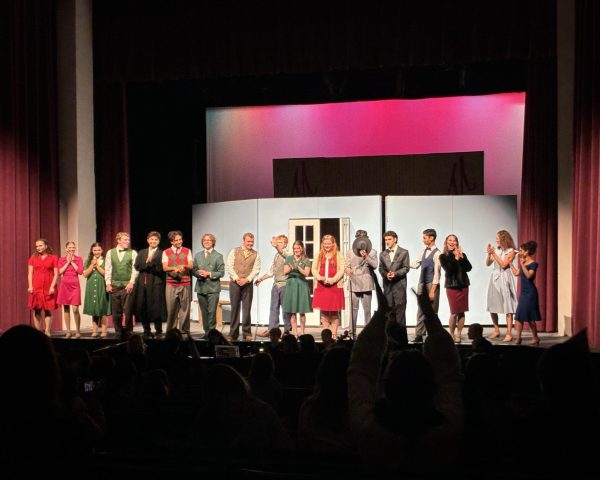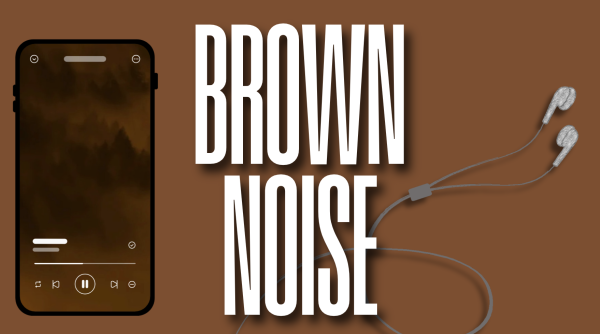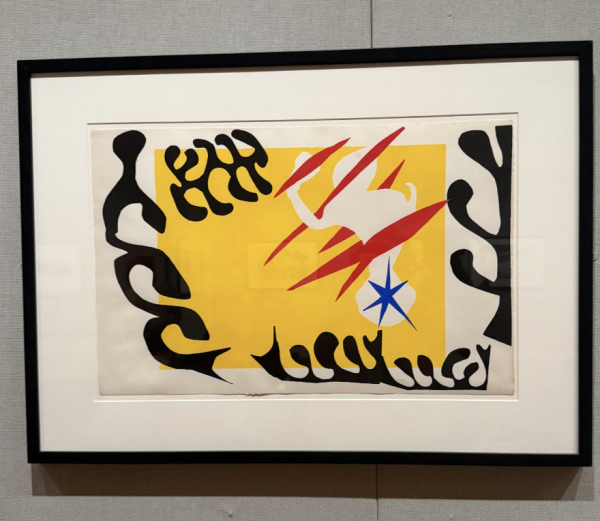Supremacy Project Highlights BIPOC Experiences Following Summer of BLM Protests
The policeman’s upturned face peers out from behind a shiny plastic face protector. He is standing in Times Square wearing riot gear, surrounded by other colleagues brandishing batons. The image is a striking artifact from June of 2020; it was captured during the Black Lives Matter protests following the murder of George Floyd at the hands of the Minneapolis Police Department. The phrase “Supremacy™” floats in white lettering above the police officers’ heads, commanding the attention of viewers and linking white supremacy and police brutality in the United States.
The black-and-white photograph is part of the Supremacy Project, a public art project designed and organized by creative director Julian Alexander, photographer Steven Irby and curator Khadijat Oseni. These New York natives first presented the project in Brooklyn’s Navy Yards as a 21-foot-tall mural in August 2020. They sought to incite public awareness and discourse about the inequities that BIPOC families and communities have faced in the city, particularly in the wake of the summer protests and riots.
Alexander and Irby met previously on Instagram, and they have cultivated a strong online presence with more photographs and art installations similar to the Brooklyn piece. The Supremacy Project has displayed murals as far as Portland, Oregon, but their focus has remained mostly in New York City. In October 2020, Alexander, Irby and Oseni mounted another mural in Brooklyn, consisting of a black-and-white photo of Mount Rushmore with the phrase “Supremacy™” headlining the piece.
The word “Supremacy™,” etched in the same font and color as the Times Square riot police photograph is similar to the design of the logo of the clothing brand “Supreme.” Alexander explained that this was a pointed creative choice: “I had something to sa,y and this was how I chose to express myself. Supremacy is chiseled into the foundation of our society, prevalent in all three branches of our government — and I wanted to approach that using the familiar language of brands that we know people respond to. It’s a huge part of the psychology of how art sparks dialogue.”
Beginning in February of 2021, Alexander, Irby and Oseni’s project expanded to an outdoor exhibit at St. Ann’s Warehouse in Dumbo. The warehouse installation contains two projects: Alexander and Irby’s “Supremacy: Who Protects Me From You?” and Michael T. Boyd’s “Lost Ones. Culture Found.” The collection seeks to spotlight the presence of the tenets of white supremacy throughout American culture and society by incorporating and presenting photography, poetry, social media and design branding to a wide public audience.
At St. Ann’s, visitors can view the project for free as they stroll past the exterior of the building. Each door displays either a photograph containing the word “Supremacy™” or a short excerpt of poetry. The project is entirely black-and-white, creating a distinct visual theme. One door proclaims, “Supremacy Project addresses the systemic oppression and violence BIPOC communities are fighting to end through art” in bold white capital letters against a striking black background. Another displays text from Boyd’s “Lost Ones,” stating, “Violin strings sing freedom // O’ America Black life is life too.”
The focus of the project centers around highlighting the experiences of Black and minority communities within a society deeply ingrained in white supremacy and bigotry. The exhibit is highly accessible to the public, demonstrating Alexander, Irby, Boyd and Oseni’s collective desire to spark conversation amongst a larger audience and inspire deeper reflection about the realities of racial injustice in America. The use of street art and mural work also appeals to the project’s approachable nature, creating a comprehensible exhibit that can provoke audience interaction in many different ways.
While the Supremacy Project focuses more on identifying the prevalence of systemic racism within all aspects of society, Boyd’s “Lost Ones” exhibit emphasizes the need to protect and defend Black bodies and identities as well as to recognize and validate the experiences that BIPOC have endured in this country. The entirety of St. Ann’s display reaches a powerful balance between criticizing the endemic nature of racism and white supremacy in American society while also recognizing that BIPOC communities need and deserve cultivated spaces in which community members feel safe artistically expressing their emotions and experiences.
The Supremacy Project, as well as the “Lost Ones. Culture Found.” exhibit, will be displayed at St. Ann’s Warehouse on 45 Water Street until April 25, 2021. Until then, anyone interested can visit the outdoor exhibit in Dumbo or follow Alexander and Irby’s work further on Instagram @supremacyproject. There, audiences can find more distinctive photography, design work and political commentary and critique.













































































































































































































